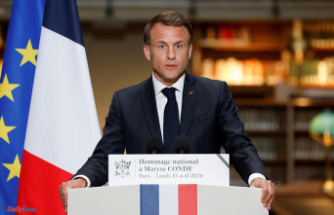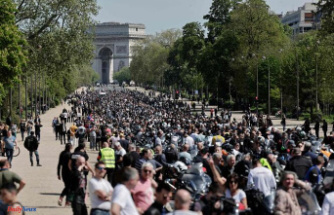The conversion of Hagia Sophia into a mosque is interpreted differently and have been analyzed as a blow against Europe and Christianity; as a symbolic re-enactment of the conquest of Constantinople by Sultan Mehmet II.; as a sign of the strength of President Tayyip Erdogan, or as a sign of his weakness. What the act was another step of detachment from the secular character of Turkey – and of their founding father, Ataturk.
Christian Meier
editor in the policy.
F. A. Z.On the Initiative of the Parliament in 1934, had decided on the 6. Century, the since 1453 as a mosque, used to Church building to make a Museum. The measure was a perfect fit to Ataturk's program to make the Republic of Turkey a modern, secular, Western-oriented state. Mustafa Kemal, not at the time still bore the epithet "father of the Turks", had created this new Turkey from the ruins of the war-defeated Ottoman Empire.
The 1881 in Salonika-born, reformist-minded officials, the son had embarked on a military career and a name for himself as a capable commander, for example, in the battle of Gallipoli. From 1919 he organized the Turkish national movement and led the resistance against the allied occupation forces in Anatolia, mainly Greek.
the success of The so-called war of Liberation led to the 24. July 1923 Treaty of Lausanne, which revised the dictation of peace against the Ottomans in the Treaty of Sèvres. For several years Erdogan has made the conclusion of peace, who established the present boundaries of Turkey, is repeated in question. He spoke about the "unfair terms", which relates to the Greek Islands off the coast of Asia minor. Hardly coincidentally, was held the first prayer in the Hagia Sophia on the anniversary of the Treaty of Lausanne.
Date Of Update: 24 July 2020, 16:19











